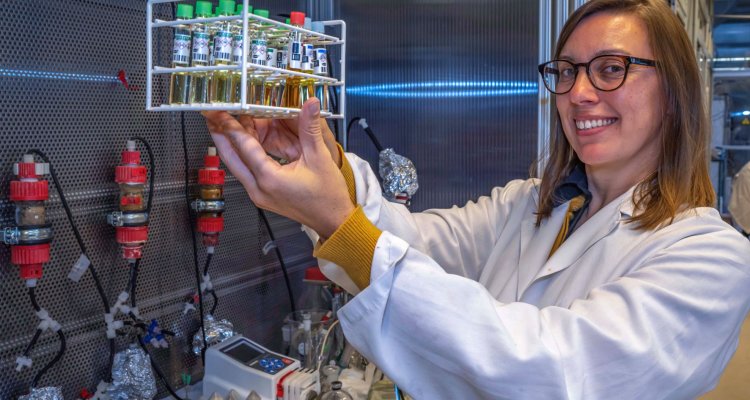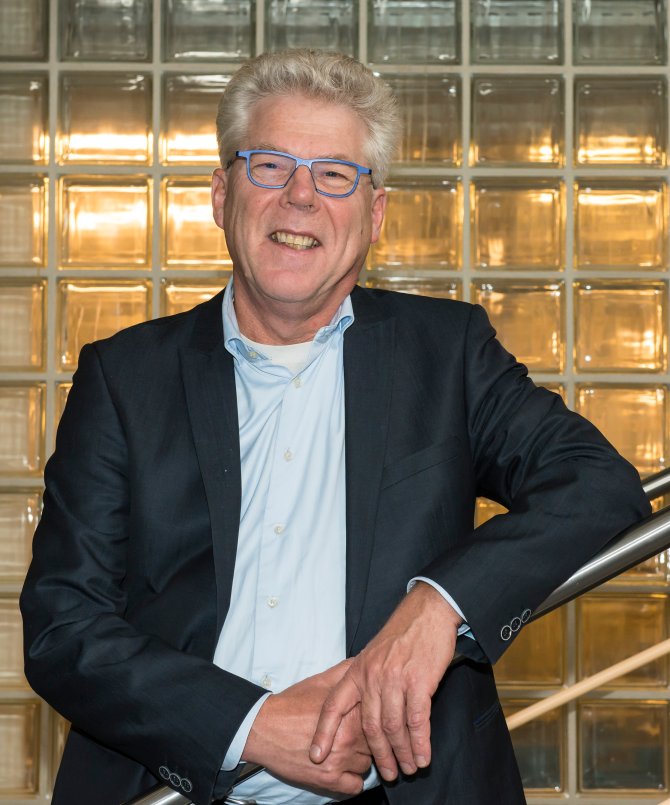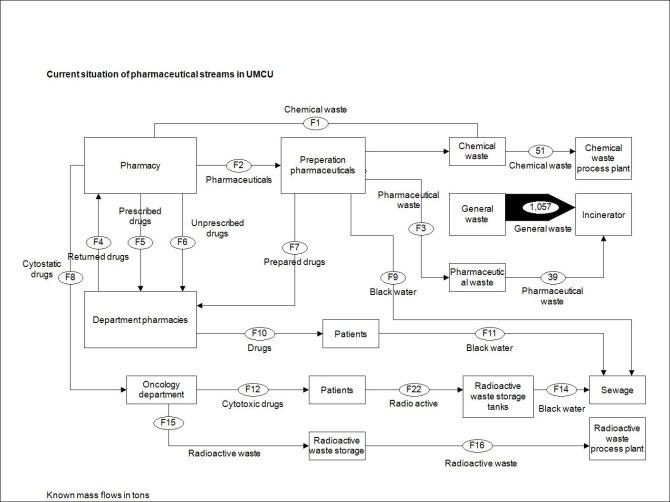
News
Making hospitals more sustainable by reducing waste and treating waste water
ETE is participating in the recently launched ‘Circular Safe Hospital Initiative’, introduced by EWUU Circular Society, a collaboration between Eindhoven University of Technology, Wageningen University & Research, Utrecht University and University Medical Centre Utrecht. Together with Wageningen Food and Safety Research, Nora Sutton, Associate Professor at ETE, will contribute with a project to remove pharmaceutical residues from hospital’s waste water.
Increase sustainability
In The Netherlands, the healthcare sector is responsible for 13 percent of the national use of raw materials and in addition
a large contributor to the pollution of air and water. Every year, more than 8000 tons of hospital waste is produced in The Netherlands alone, while most of it is not recycled. Furthermore, hospitals are responsible for discharging waste water containing a wide range of pharmaceutical residues in relatively high concentrations. The ‘Circular Safe Hospital Initiative’ aims to increase the sustainability and circularity of hospitals by developing cleaning and recycling technologies in combination with strategies to minimize use of materials and production of waste. Since the establishment for the alliance between
the four universities in 2019, ETE professor Huub Rijnaarts has been a member
of the working group ‘Circular Society’. Now ETE is expanding their contribution by the participation of Associate Professor Nora Sutton in the ‘Circular Safe Hospital Initiative’ with a project on removing pharmaceutical residues from hospital’s wastewater.

Hotspots of discharge
‘Making hospitals more sustainable is a real challenge’, Sutton says. ‘Large amounts of materials are used, many of which cannot be easily recycled, while hospitals are hotpots for the discharge of pharmaceutical residues in waste water as well.’
In her recently funded project within the ‘Circular Safe Hospital Initiative’, Sutton will focus on human hospitals, while Wageningen Food and Safety Research will run a similar project, aimed at veterinary hospitals, like the one at the Faculty of Veterinary Medicine in Utrecht. Since there are a lot of similarities in how to tackle the sustainability problem between human and animal hospitals, a collaboration is time and money efficient. Nevertheless, the distinction between human and veterinary hospitals is important since the waste streams, as well as types and amounts of pharmaceuticals used, differ fundamentally. ‘Waste streams of pharmaceuticals in veterinary hospitals are mostly associated with manure and urine streams, while in human hospitals, these pollutants mainly end up in waste water’, Sutton explains. ‘Also, different pharmaceuticals are used in people and animals, while prescribed quantities may differ greatly: there is a big difference treating a mouse of 20 grams or a horse of 600 kilograms.’
Biggest problem
As a first step, Sutton’s, together with MSc student Toby Schadenberg, made a map of pharmaceutical use in hospitals: where and which pharmaceuticals are mostly used, and in which waste streams do these end up (fig. 1). Also, she needed more information about the different medications: the quantities used, their toxicity and the behavior in the body. Sutton: ‘Some compounds are almost completely metabolized, resulting in breakdown products that might pose a problem as well,
while others are excreted mostly unchanged.’ Based on this information, she made a list of high-risk compounds that should be prioritized. She concluded that antibiotics pose the biggest problem, due to their extensive use and the risk of increased antibiotic-resistance when these compounds enter the environment.

Solutions
In her project, she is now focusing on removal of these compounds from waste water, or prevent them from entering the waste stream at all. ‘We are looking how we can implement technology in hospitals to deal with these antibiotics’, Sutton says. ‘Radioactive substances are already separated from the hospital’s waste water streams, so, this should be possible for other medication too. Possibly, absorption in toilets or biological degradation on site are solutions, but such technologies are still in their infancy. We will have quite a few challenges waiting for us in the coming years.’